Drift Reduction Technology Assessments
The EPA's Generic Verification Protocol for Pesticide Spray Drift Reduction Technologies says: “EPA expects the use of verified Drift Reduction Technologies (DRT) to significantly reduce pesticide spray drift and loss from the application site, thereby keeping more of the applied pesticide on the treated field and reducing risks to the surrounding environment, nearby humans, and property, including crops. Pesticide products labeled for use with DRTs may also increase applicators’ flexibility in applying those pesticides by reducing the need for more restrictive application measures as compared to those required for the use of standard application equipment."
The pesticide industry and government have conducted considerable research to determine the underlying factors that affect spray drift, including different types of application equipment (spray nozzles for ground boom, air blast, and aerial applications). A number of underutilized commercial technologies exist for managing drift; however, little information exists on their effectiveness in reducing spray drift levels. EPA's verification protocol provides a standard method for gathering information and data in order to evaluate the extent to which DRTs reduce downwind drift deposition.
EPA will encourage equipment manufacturers to voluntarily participate in this program and to test their equipment using this protocol. EPA will also encourage pesticide registrants to recommend or require the use of verified DRTs for the application of their products. When product labels include the use of DRTs, EPA will include this in its scientific review for risk assessment and risk management decisions for pesticide registration and registration review.
Stone staff specialize in conducting field and modeling DRT assessments and through our partnership with Dr. Andrew Hewitt we conduct wind tunnel testing to assess the drift reduction potential for specific pesticides.
-

Early Morning Plot Layout
-
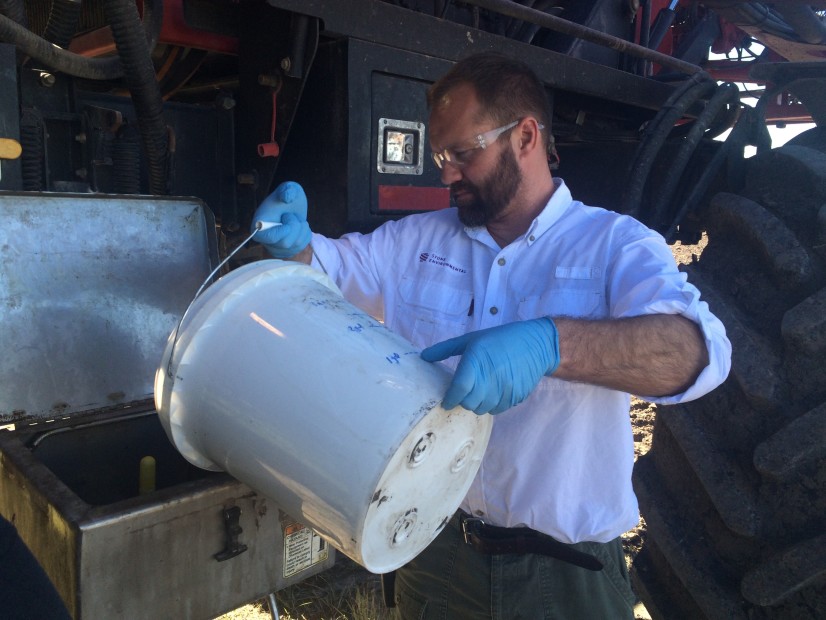
Mixing Pesticides
-

Sprayer Calibration
-
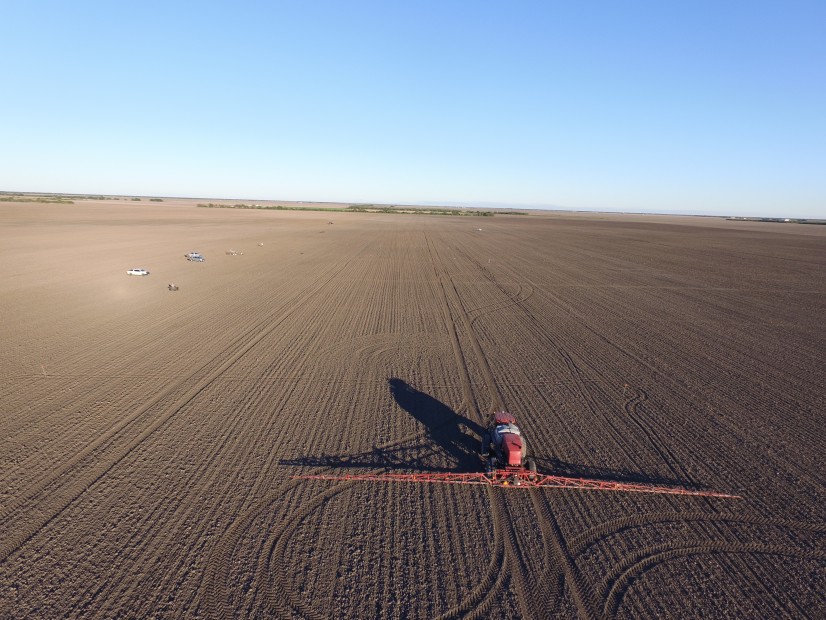
Application
-
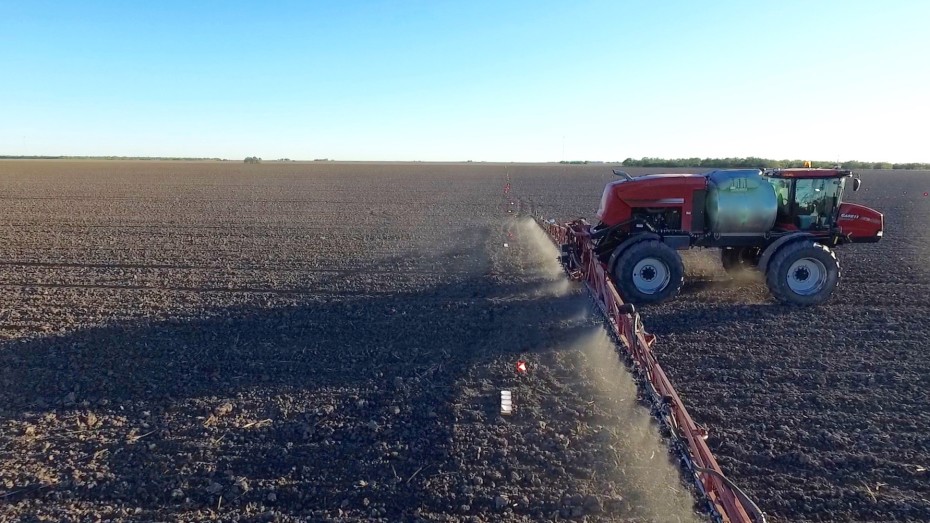
Spraying
-
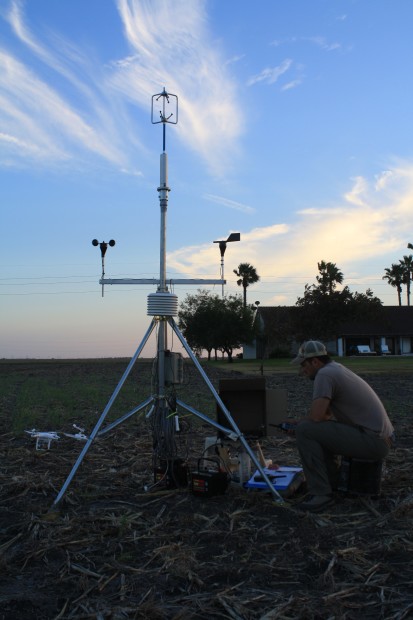
Weather Station
-
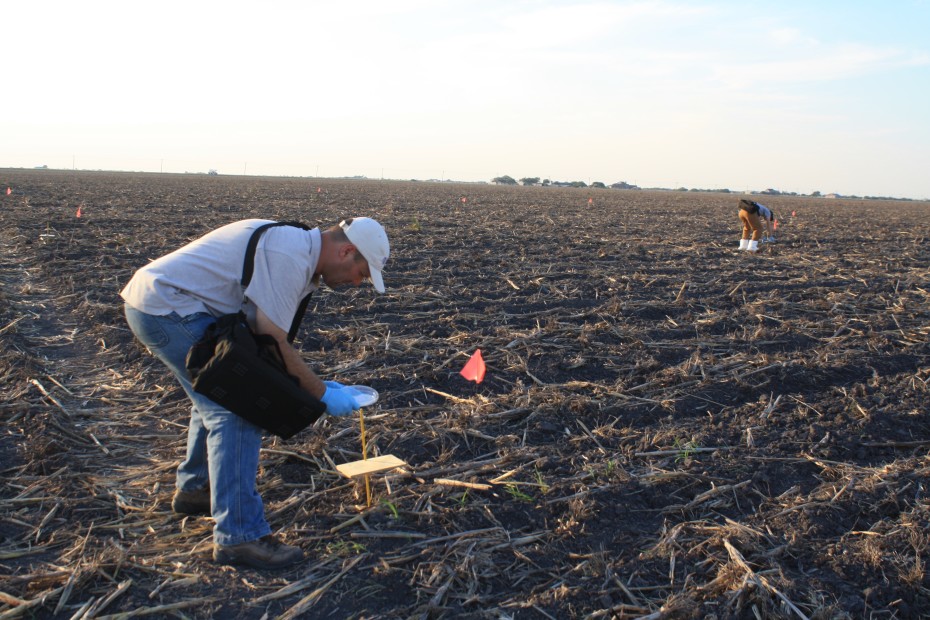
Sampling
Explore more in our "Field Studies" section
Prospective Groundwater Studies
Drift Reduction Technology Assessments
Retrospective Groundwater Studies
>>Back to Field Studies Overview Page

